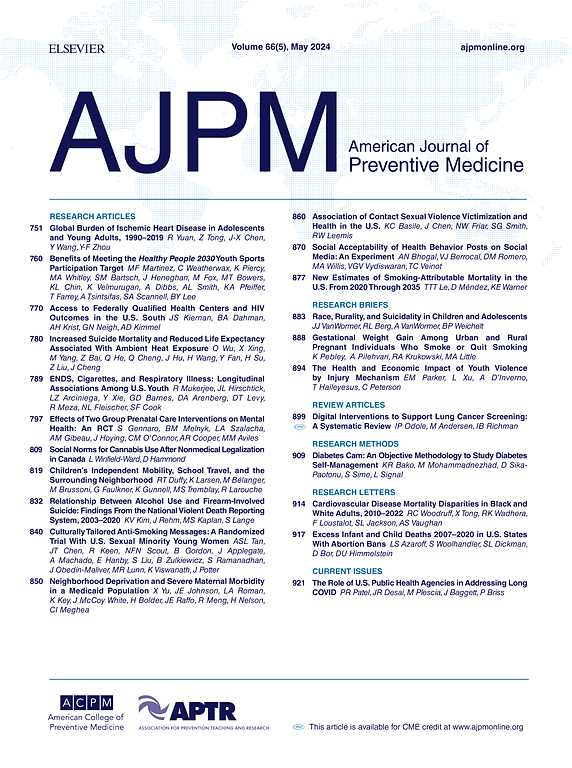Efficacy of Laparoscopic Surgery with Choledochoscopic Transcystic Approach for Gallbladder and Common Bile Duct Stones
IF 4.5
2区 医学
Q1 MEDICINE, GENERAL & INTERNAL
引用次数: 0
Abstract
Background and Objective
Current treatments for gallbladder stones with common bile duct stones (CBDS) include laparoscopic common bile duct exploration (LCBDE) and ERCP with laparoscopic cholecystectomy (ERCP+LC). However, LCBDE often requires T-tube drainage or primary suture, altering biliary anatomy, while ERCP+LC risks Oddi sphincter dysfunction. This study utilized cystic duct-based stone extraction to avoid bile duct injury and sphincter incision. To evaluate laparoscopic transcystic choledochoscopic stone removal (LT-CBDE) for cholecystolithiasis with CBDS and its clinical efficacy.
Subjects and Methods
From 2019 to 2024, 560 patients at Yellow River Sanmenxia Hospital were divided into LT-CBDE (n=280) and LCBDE with primary suture (n=280) groups. Outcomes included stone clearance, bile leakage, choledochoscopy duration, suture time, blood loss, and hospital stay.
Results
LT-CBDE showed no significant difference in postoperative residual stone rate compared to LCBDE (0.7% vs. 0.4%, p=0.563) but demonstrated superior outcomes: significantly lower bile leakage incidence (0.7% vs. 13.6%, p<0.001), reduced biliary suturing time (4.6 ± 1.4 vs. 6.4 ± 1.1 min, p<0.05), shorter postoperative hospitalization (2.9 ± 1.4 vs. 7.0 ± 1.4 days, p< 0.05), and lower hospitalization costs (7,425 ± 858 vs. 15,033 ± 573 RMB, p<0.05). Technical proficiency correlated with further optimization of operative efficiency and clinical outcomes.
Conclusions
Laparoscopic common bile duct exploration via the cystic duct approach is an effective method for treating common bile duct stones. By strengthening health education, promoting healthy lifestyles, and implementing early screening and intervention, we can effectively reduce the disease burden of common bile duct stones and achieve a shift from "treating disease" to "preventing disease." Deepening the concept of preventive medicine can further reduce disease incidence and improve population health outcomes.
经囊入路胆道镜下腹腔镜手术治疗胆囊及胆总管结石的疗效观察
背景与目的目前胆囊结石合并胆总管结石(CBDS)的治疗包括腹腔镜胆总管探查(LCBDE)和ERCP+腹腔镜胆囊切除术(ERCP+LC)。然而,LCBDE通常需要t管引流或一次缝合,改变胆道解剖结构,而ERCP+LC有Oddi括约肌功能障碍的风险。本研究采用囊管取石术,避免胆管损伤和括约肌切口。目的探讨腹腔镜经囊胆道镜取石术(LT-CBDE)治疗合并CBDS的胆囊结石及其临床疗效。对象与方法2019 - 2024年,将黄河三门峡医院560例患者分为LT-CBDE组(280例)和LCBDE一期缝合组(280例)。结果包括结石清除、胆漏、胆道镜检查时间、缝合时间、出血量和住院时间。结果与LCBDE相比,slt - cbde术后残余结石率无显著差异(0.7% vs. 0.4%, p=0.563),但结果优于LCBDE:胆漏发生率显著降低(0.7% vs. 13.6%, p= 0.001),胆道缝合时间缩短(4.6±1.4 vs. 6.4±1.1 min, p= 0.05),术后住院时间缩短(2.9±1.4 vs. 7.0±1.4 d, p=0.563);住院费用较低(7,425±858元对15,033±573元,p < 0.05)。技术熟练程度与进一步优化手术效率和临床结果相关。结论经胆囊管入路腹腔镜胆总管探查是治疗胆总管结石的有效方法。通过加强健康教育,推广健康生活方式,实施早期筛查和干预,可有效减轻胆总管结石的疾病负担,实现从“治病”到“防病”的转变。深化预防医学理念,可以进一步降低疾病发病率,改善人群健康状况。
本文章由计算机程序翻译,如有差异,请以英文原文为准。
求助全文
约1分钟内获得全文
求助全文
来源期刊

American Journal of Preventive Medicine
医学-公共卫生、环境卫生与职业卫生
CiteScore
8.60
自引率
1.80%
发文量
395
审稿时长
32 days
期刊介绍:
The American Journal of Preventive Medicine is the official journal of the American College of Preventive Medicine and the Association for Prevention Teaching and Research. It publishes articles in the areas of prevention research, teaching, practice and policy. Original research is published on interventions aimed at the prevention of chronic and acute disease and the promotion of individual and community health.
Of particular emphasis are papers that address the primary and secondary prevention of important clinical, behavioral and public health issues such as injury and violence, infectious disease, women''s health, smoking, sedentary behaviors and physical activity, nutrition, diabetes, obesity, and substance use disorders. Papers also address educational initiatives aimed at improving the ability of health professionals to provide effective clinical prevention and public health services. Papers on health services research pertinent to prevention and public health are also published. The journal also publishes official policy statements from the two co-sponsoring organizations, review articles, media reviews, and editorials. Finally, the journal periodically publishes supplements and special theme issues devoted to areas of current interest to the prevention community.
 求助内容:
求助内容: 应助结果提醒方式:
应助结果提醒方式:


